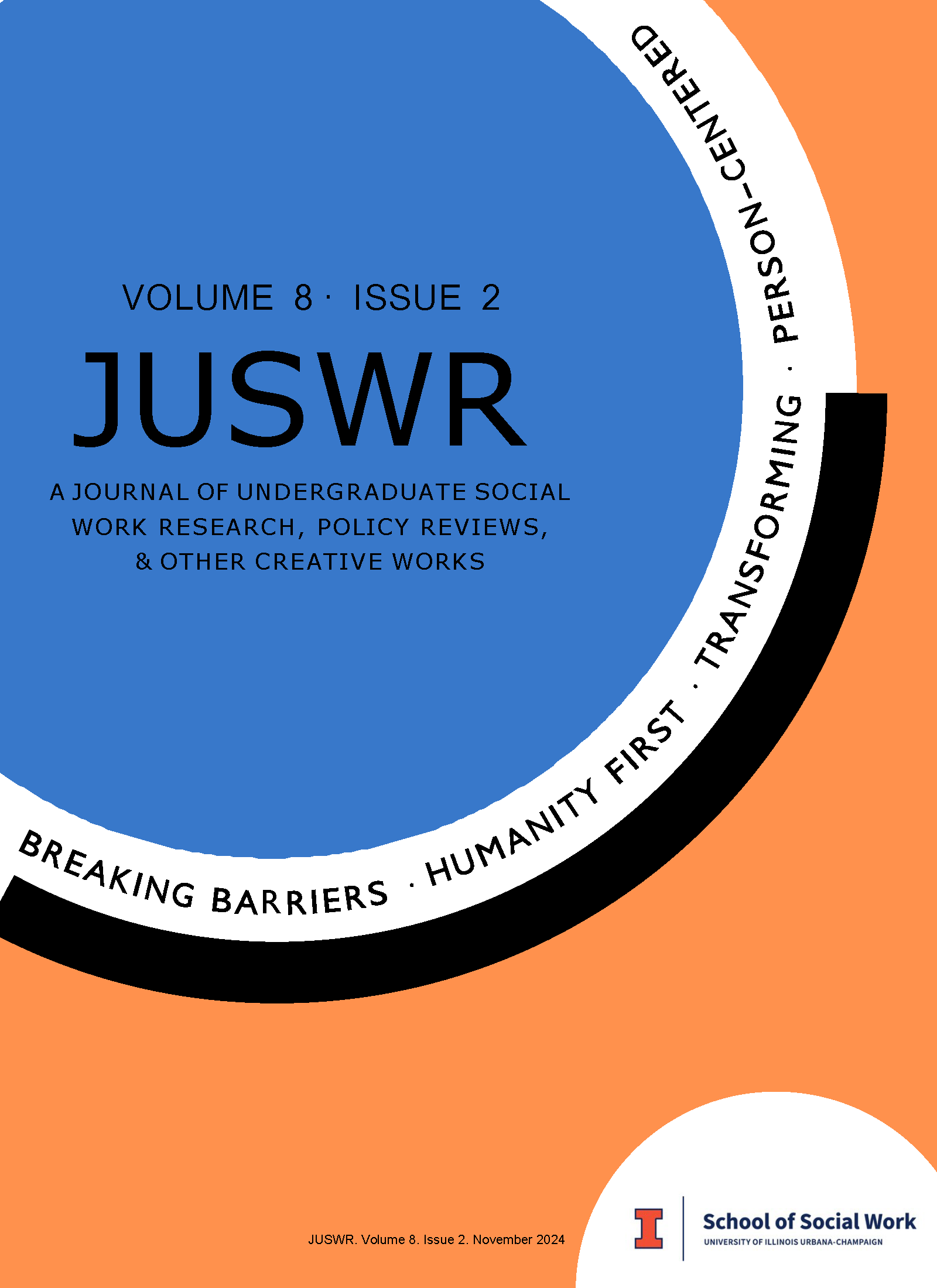Gender Inclusion Policy in Research
Main Article Content
Abstract
This paper analyzes the current National Institutes of Health (NIH) policies around gender inclusion in research. While there have been some improvements over the 30 years since the policy was put in place, the policy needs to be adjusted to further increase the rate of change. Before the passing of the NIH policy, women were rejected from research pools all together. Now, despite changes, women are vastly underrepresented in research on neurodevelopmental disorders, which leads to social ignorance and further underrepresentation. The policy permits this underrepresentation through non-specific language and limited scope of control. This paper analyzes the events and movements that lead to the creation of past and current policies. It compares other organization’s policies and the function of the current NIH policy, elaborating on the wording and policy’s effect. The paper also suggests some changes to further equalize the presence of women in neurodevelopmental research.

